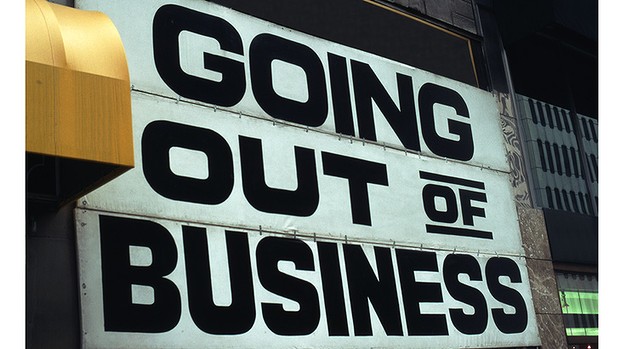
Winding up a company in Ireland can be effected by a voluntary winding up by the members or a “voluntary” winding up by the creditors of the company.
This latter winding up arises when a liquidator appointed by the members forms the opinion that the company is unable to pay it’s debts.
1) Voluntary winding up
Members Voluntary Winding Up
The process of winding up a company by the directors is known as a members’ voluntary winding up which is provided for by sections 256-264 Companies Act 1963. In order to avail of this method of winding up the company must be solvent so technically it is not an insolvency procedure.
To wind up a company in this fashion the directors must meet and make a statutory declaration (under s. 256) that they have made a full enquiry into the affairs of the company and that they have formed the opinion that the company will be able to pay it’s debts in full within a period not exceeding 12 months from the commencement of the winding up.
This statutory declaration must be sworn at a meeting of directors before a commissioner for oaths or solicitor. It will also contain a statement of the company’s assets and liabilities at the latest date before making the declaration.
This declaration must be accompanied by a report from an independent person (usually the company’s accountant) stating whether he is of the opinion that the directors declaration above is reasonable and that the schedule of assets and liabilities is reasonable.
If it is subsequently proved that the company is unable to pay it’s debts within the period specified in the declaration of solvency, a Court may declare a director personally liable if the Court decides that the declaration was made without reasonable grounds.
After the directors’ statutory declaration and the independent report of the accountant/auditor the directors must call an EGM within 28 days of the declaration.
At this EGM the members pass a special resolution that the company be wound up voluntarily as a members’ voluntary winding up and appoint a liquidator. Within 14 days the directors then publish a notice to this effect in Iris Oifigiuil.
The company then ceases business save for whatever work is required to wind up the affairs of the company and distribute the assets.
If at any time the liquidator forms the opinion that the company is unable to pay its debts in full he must advertise and call a meeting of the creditors of the company.
The members voluntary winding up then becomes a creditors’ voluntary winding up.
(This is part or our small business law in Ireland series of articles)
Creditors’ Voluntary Winding Up
Once the liquidator has done his job he calls a final meeting of members and provides an account of the winding up. This meeting must be advertised in 2 daily newspapers and he then makes a return to the Registrar of Companies.
The company is then deemed dissolved three months after the Registrar receives the liquidators report and an account of the final meeting.
This procedure is a liquidation started by the shareholders and where the company is insolvent. (And as pointed out above will be the procedure if the winding up starts off as a members voluntary winding up but he declaration of solvency cannot be sworn).
The steps for this winding up are
1) The board decide to appoint a liquidator to implement a creditors voluntary liquidation
2) The board call a meeting of shareholders and passes an ordinary resolution that the company cannot continue to trade and should be wound up voluntarily
3) The members pass a resolution for the appointment of a liquidator and winding up of the company
4) A meeting of all creditors is called to advise the creditors, to present a directors statement of affairs to creditors
5) To confirm the appointment of a liquidator
6) The liquidator then realises the assets of the company and distribute the proceeds to creditors in the order laid down by the company’s acts.
2) Compulsory winding up
This involves the High Court winding up the company on the petition of a creditor, member or the company itself.
The common grounds for such a petition are
1) The company is unable to pay it’s debts
2) Under s. 213 where it is just and equitable to wind up the company.
This type of winding up is similar to the other two voluntary situations outlined above except the appointment of the liquidator is by the High Court.